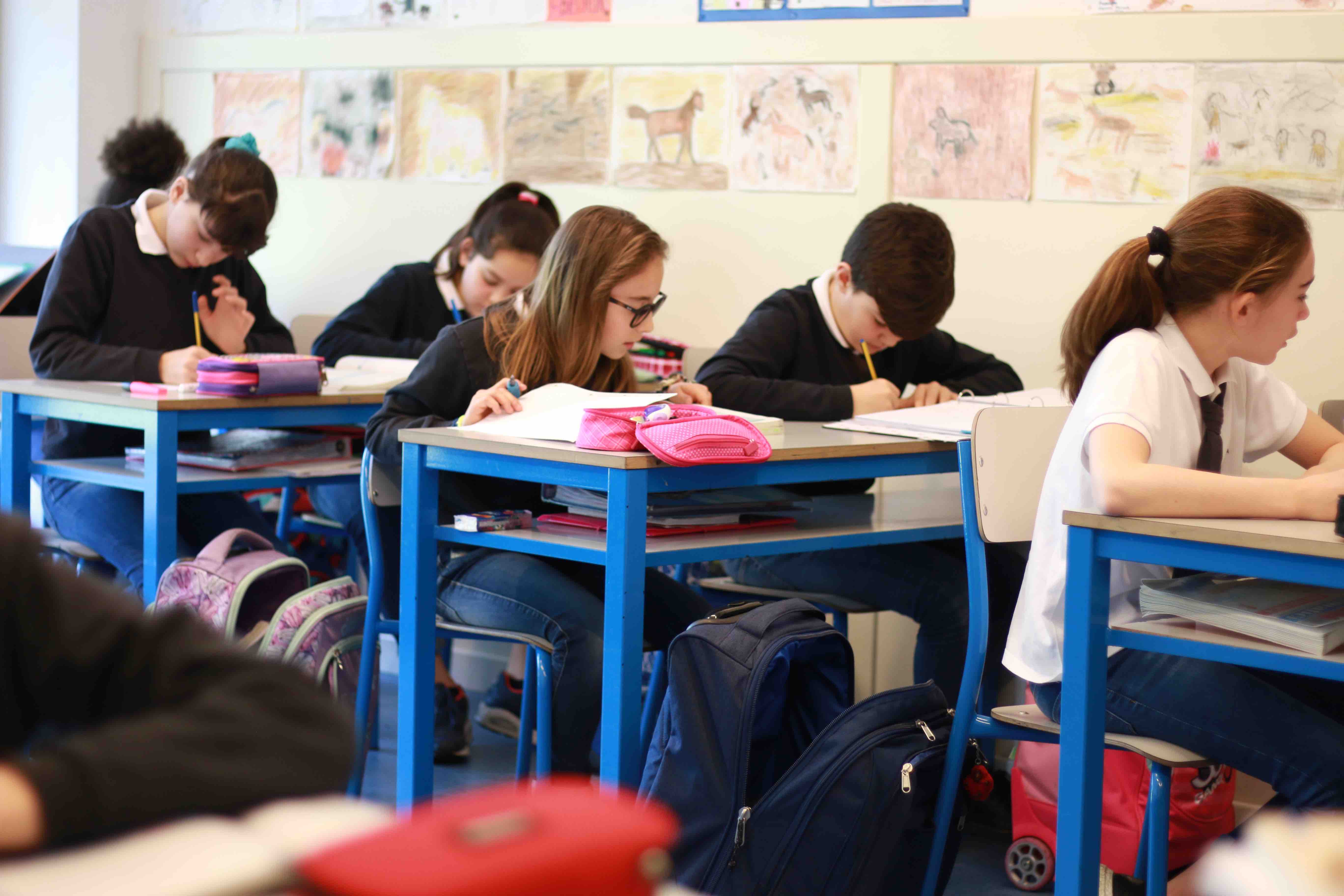Pianca school is based on the same structure as a secondary school in the UK. Secondary school in the UK lasts for 5 years and consists of two parts,
the two parts of secondary school are called Secondary 1 and Secondary 2. Secondary 1 is the first three years and Secondary 2 is the remaining last two years. Our Lower Secondary School, also called Middle School, corresponds to Secondary 1.
The secondary school continues to offer the same level of high quality learning that our bilingual primary school provides. Ensuring that the students have the confidence to deal with the difficulties that may arise during secondary school. Our secondary school will prepare the students to explore new horizons and to try new experiences, but at the same time appreciate what they have learnt. It will help the students to discover themselves and assist them to make correct decisions in regards to all of the different choices and information that the world presents, in a world where everything is so easily accessed. Therefor students will be able to make responsible choices and be aware of the consequences of any bad choices made.
It offers preparation in the terms of skills, knowledge and a study method which makes it easier for the students to progress through the school stages.
The curriculum of our secondary school integrates the Italian Ministerial programs with the British Cambridge Pathway international programs. Both programs are integrated in a way that both languages and cultures work together in unison.
The curriculum is carried out using the Italian language and English language as vehicular languages for the learning of the disciplines according to this subdivision:
- Italian, History and Mathematics in Italian,
- Spanish in Spanish,
- English and Cambridge Pathway in English,
- Geography, Science, Technology, Art, Music, Physical education and STEM subjects in Italian – English bilingualism.
In percentage terms, 40% is of the teaching is in Italian, 30% is a foreign language and 30% is bilingual.
Following the Cambridge Pathway program offers our school great opportunity to characterize and reinforce the linguistic and scientific areas. The inclusion of the STEM subjects in our school helps to strengthen the scientific and digital area, which, nowadays are fundamental in our evolving world. This is a valid tool to train and prepare the students to study for the IGCSE subjects in English.



